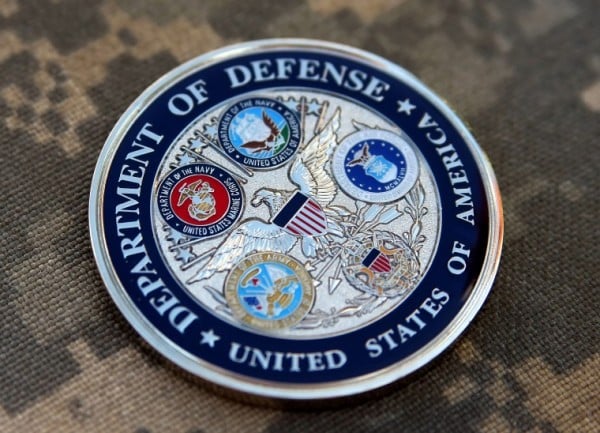
credit: Fort Hood Herald / TJ Maxwell
As values of certain ideas fluctuate with fashion and practicality, so has that of COIN, or counter-insurgency, one of the principal war-fighting approaches in recent years for U.S.-led coalitions in Iraq and Afghanistan. Such is the main argument in Fred Kaplan’s recent Foreign Affairs (Jan/Feb 2013) essay “The End of the Age of Petraeus: The Rise and Fall of Counterinsurgency.”
The essay is a microcosm of Mr. Kaplan’s current book “The Insurgents” that traces COIN’s rising star among military leaders and advisers just prior to the Iraq surge of 2007 and its role in Afghanistan policy. Kaplan presents General David Petraeus as chief prophet in an approach to warfare earlier practiced by the British and French in colonial wars, and the Americans in a crude form in Vietnam, in which winning the population’s loyalty is equally important to killing bad guys. While somewhat revolutionary in scale, Kaplan argues, COIN’s debated results in Iraq and doubtful success in Afghanistan have now likely made policymakers shelve it as a resource.
I hope my leaders are not so fickle. Fighting insurgents (or separatists, or guerrillas, depending on goal or location) has been a reality for standing militaries for centuries. Opposition groups with weapons and influence, if intent on insurrection, need to be countered politically as much as militarily. For just as long, and no less during the recent conflicts in Iraq and Afghanistan, heads of state have had to weigh cost versus outcome. Kaplan argues that the blood and treasure for recent conflicts has been too great. But this does not disqualify COIN as valued currency.
Firstly, the success of COIN depends on its definition and frame of reference. Secondly, practitioners need to focus on what works and junk what does not.
Yet goals and method are perhaps not as widely debated as the conditions needed for COIN success. Once the “belle of the ball” in Iraq in 2007 and Afghanistan in 2009, COIN’s flower faded under the gaze of an impatient U.S. populace and deteriorating economic conditions. Kaplan recounts how in 2012 the president and defense secretary “barred the military chiefs from even considering COIN among the war-fighting scenarios used to calculate the military’s force requirements,” evidently by then viewing the strategy as secondary to the number of personnel deployed.
Kaplan concludes his essay by asking practical questions about COIN implementation. Without naming Afghanistan specifically, he muses whether a government with chronic corruption, and the needed long-term deployment mentioned above, might not be barriers to realistic intervention. Whatever the merits of connecting officials to their constituencies and training law enforcement, the (likely) funds and stomach for such efforts are finite and unlikely sustainable.
Rather than the “fall” of COIN then that Kaplan has proclaimed, it seems there remains a COIN*, noting needed conditions for success, and begs the drafting of a COIN 2.0 that solves the dreaded extended hold operations. COIN academies have sprung up in both coalition nations and countries where it is actively practiced, to educate servicemen on this population-centric approach. The Human Terrain System (HTS) has done pioneering field research and village profile mapping to inform troops and advisors about best courses of action. Past conflicts that involved COIN are now re-considered by scores of researchers and, enjoying the fashion bump from the media, a steady stream of articles and books now adds to the COIN literature. It is additionally a vital partner to the more general approaches of “stability operations,” which is now part of U.S. military doctrine, and updated manuals on “irregular warfare.” The skills, experience, and insight generated from this complementary form of war-fighting should not be cast aside.
Whether one considers Central America in the 1980s, post-colonial Africa over the last 50 years, or lingering ethnic tensions in the former Soviet space, insurgencies remain both on the global stage and waiting in the wings; informed COIN approaches, and the will to sustain them, will likely be critical to the success of future interventions.